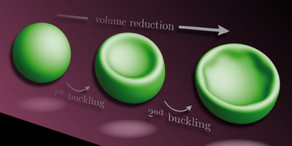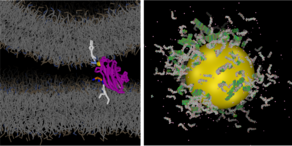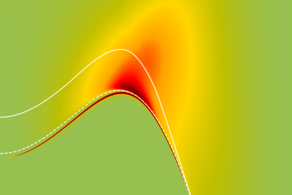Perfectly entangled photons from hot quantum dots
- Reiter

Semiconductor quantum dots are among the best sources for single and entangled photons. Entangled photons are generated through the cascaded decay of the biexciton (two electron-hole pairs) via two indistinguishable decay paths. To use entangled photons in applications, the entanglement should be nearly perfect. A measure of the entanglement degree is concurrence, which, in the case of perfect entanglement, is 100%. On the wish list for a functioning device, there is also the desire to operate it at elevated temperatures, for example, 30K achieved by Stirling coolers.
In quantum dots, many mechanisms hinder the attainment of perfect entanglement, such as fine structure splitting, interaction with phonons, and excitation-induced degradation (refer to our latest paper on the limit of the two-photon excitation scheme). Thus, new schemes and devices need to be explored to still generate entangled photons from quantum dots even at elevated temperatures.
For this purpose, we propose using the SUPER scheme (see our paper on the SUPER scheme) for a quantum dot emitting photons into a photonic cavity. We demonstrate that, in realistic simulations, 99.9% concurrence can be achieved for a wide parameter range. Even more excitingly, the concurrence remains the same at elevated temperatures. We are now looking forward to experiments measuring perfectly entangled photons from quantum dots.
The paper results from our collaboration with Martin Axt’s group at University of Bayreuth and Moritz Cygorek from Heriot-Watt University.







